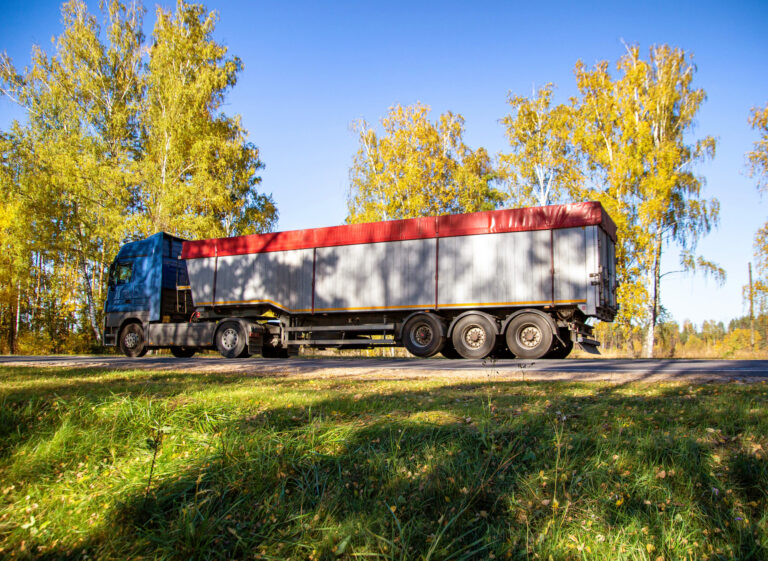Newfoundland and Labrador is helping the nearly 2,800 Ukrainians in the province get housing and jobs with $11 million in spending.
“More than twice the number of Ukrainians we brought here by airlifts are now in permanent housing and nearly the same number are working, but we aren’t stopping there,” said provincial Immigration Minister Gerry Byrne.
“If we want Ukrainians families to ‘set roots’ and become Newfoundlanders and Labradorians, we must do more to give them access to the same generous supports that we enjoy.
“Today’s announcement of $11 million in employment and housing supports, delivered in partnership with the Association for New Canadians, is a major step forward to achieving that goal.”
Homeowners with vacant properties can register their housing with the Association for New Canadians by contacting [email protected] or 709-325-0881.
Read More Canada Immigration News
Canada’s Special Immigration Measures For Ukraine Set To End In Mid-July
Flood Of Temporary Visa Approvals Through Canada-Ukraine Authorization for Emergency Travel
All You Need To Know About The Canada-Ukraine Authorization For Emergency Travel
Association for New Canadians executive director Megan Morris says the new funding will go a long way in supporting the settlement and employment goals of Ukrainians living in Newfoundland and Labrador.
The investment into the welfare of Ukrainians in Newfoundland and Labrador also includes employment supports offered by Ukraine Job Connect.
With these new funds, Newfoundland and Labrador is offering housing and settlement to Ukrainians that includes:
- a province-wide homestay hosting program with approved host families getting $1,000 each month for up to five months for hosting Ukrainians;
- moving expense assistance of $2,000 for Ukrainians leaving temporary accommodations who are moving to leased accommodations in St. John’s and $4,000 for outside the provincial capital. Those settling in Labrador get $6,000;
- a 3 million call for proposals for innovative housing projects for Ukrainians that can include repurposing vacant property, housing repair and maintenance assistance, and co-housing initiatives;
- and expanding access to conversational English classes and workplace-based English support for Ukrainians.
Employers getting wage subsidies to hire Ukrainians in Newfoundland and Labrador
The provincial government is going to cover the costs of:
- a 42-week wage subsidy of up to $12 per hour for eligible employers that will cover 70 per cent of the wages for first 14 weeks, 60 per cent for second 14 weeks, and 80 per cent for third 14 weeks;
- short-term training to connect to employment that will include preparing for work in the building, retail or hospitality sectors;
- a job-matching service;
- assistance with credential assessment, language training and immigration, and;
- helping employers with settlement services and cultural competency training.
Job seekers interested in availing themselves of employment and training supports can visit this webpage for more information. Employers looking to use wage subsidies to hire or grants to train their employees can visit this webpage for more information.
Through the Canada-Ukraine Authorization for Emergency Travel (CUAET) pathway, Canada has already welcomed 156,280 Ukrainians fleeing their war-torn homeland. From March 15 last year through to May 20 this year, Immigration, Refugees and Citizenship Canada (IRCC) received 1,035,017 applications through CUAET and, of those temporary residence visa applications, 729,970 had by then been approved.
“It is unbelievable when you see so many open hearts, open doors of the houses, many Canadians who welcomed Ukrainian families for the first days and weeks upon their arrival,” Yuliya Kovaliv, the Ukrainian ambassador to Canada, has previously told ABC News.
CUAET Has Been Extended To July 15
In March this year, Immigration Minister Sean Fraser extended the CUAET pathway until July 15 this year. So far, there has been no indication the immigration will extend it beyond that date.
Under that pathway, Ukrainians and their family members have until then to apply overseas for a CUAET visa free of charge. Anyone already holding a CUAET visa will have until March 31 next year to travel to Canada under the special measures.
And those already in Canada with CUAET visas have until March 31 next year to extend or adjust their temporary status through these measures, free of charge.
Russian President Vladimir Putin’s forces invaded the Ukraine in February last year. Canada responded by opening its arms to Ukrainians and putting in place the CUAET pathway on March 17, 2022
In April, Reuters reported that since the start of that war as many as 354,000 Russian and Ukrainian soldiers had been killed or injured.
An assessment reportedly collated by the U.S. Defence Intelligence Agency reveals Russia had by then suffered 189,500 to 223,000 casualties in all, including 35,500 to 43,000 killed in action and 154,000 to 180,000 wounded.
The Ukraine had reportedly suffered 124,500 to 131,000 casualties in total, including 15,500 to 17,500 killed in action and 109,000 to 113,500 wounded in action.
Watch Video
“Settlement services will remain available to Ukrainians and their family members after they arrive so that they can fully participate in Canadian communities while they are here,” notes the IRCC on its website.
“Ukrainians and their family members will also continue to benefit from the one-time transitional financial support, as well as from access to emergency accommodations for up to two weeks, if needed after they arrive in Canada.”
The CUAET pathway was meant to allow those fleeing Vladimir Putin’s war in Ukraine to stay in Canada for up to three years and make them eligible for free open work and study permits.
Ottawa upped its immigration application processing capacity in Europe after implementing the CUAET pathway and also sent mobile biometrics kits to Warsaw, Vienna and Bucharest to take the fingerprints and portrait photos of prospective Ukrainian refugees in a bid to ensure proper security precautions were taken with the surge in applications.
The government also increased its federal settlement programs to include language training, orientation, employment assistance and other supports for Ukrainians as they settle into their new communities.
Federal Government Offering Ukrainians Financial Assistance Of $3,000 Per Adult
In addition to settlement services, Ukrainians fleeing to Canada are also offered transitional financial assistance of $3,000 per adult and $1,500 per child.
“These funds will help Ukrainian nationals and their family members meet their basic needs, such as transportation and longer-term housing, as they arrive in communities across Canada and find a job,” notes IRCC on its website.
“Settlement services will remain available to Ukrainians and their family members after they arrive so that they can fully participate in Canadian communities while they are here. Ukrainians and their family members will also continue to benefit from the one-time transitional financial support, as well as from access to emergency accommodations for up to two weeks, if needed, after they arrive in Canada.”
Once the CUAET stops taking applications from overseas in mid-July, Ukrainians wishing to come to Canada from abroad will still be able to apply for a visa or a work or study permit through the IRCC’s existing temporary resident programs but will be subject to fees and standard requirements.
Among the immigration measures announced since the start of the Russia-Ukraine war for Ukrainians are:
- a dedicated service channel for Ukraine enquiries that is available for clients both in Canada and abroad at 613-321-4243, with collect calls accepted. In addition, clients can add the keyword “Ukraine2022” to the IRCC Web form with their enquiry and their e-mail is then prioritized;
- urgent processing of travel documents, including issuing single-journey travel documents for immediate family members of Canadian citizens and permanent residents who do not have valid passports;
- an updated web page to provide current information on measures. This page includes content in Ukrainian for ease of reference;
- permission for Ukrainians currently in Canada to extend their stay or stay longer in Canada by prioritizing the renewal of work and study permits, and extending a policy that allows individuals to apply for a work permit from within Canada. This policy allows temporary residents who receive a job offer to remain in Canada and start working while they wait for their work permit application to be processed, and;
- the issuance of open work permits to Ukrainian visitors, workers and students who are currently in Canada and cannot go home, so they can stay longer if they wish. Fees are being waived, retroactive to Feb. 22 last year, for certain travel and immigration documents, such as Canadian passports, permanent resident travel documents, proofs of citizenship, visitor visas, and work and study permits.









